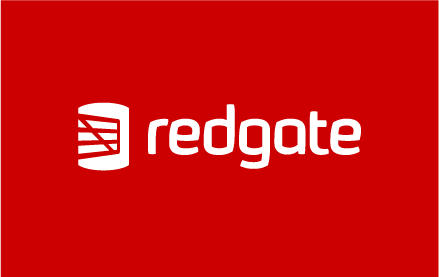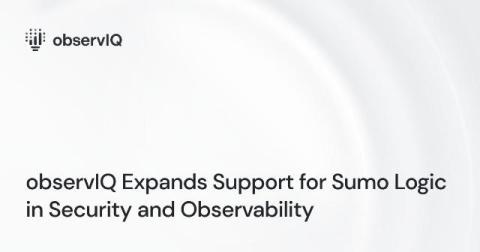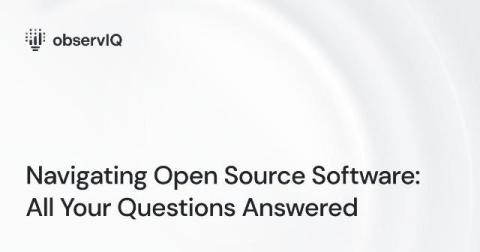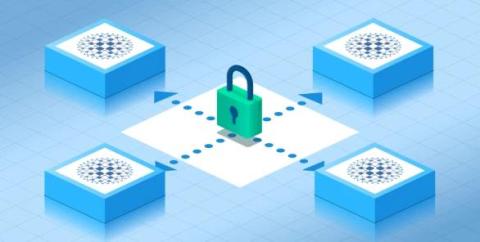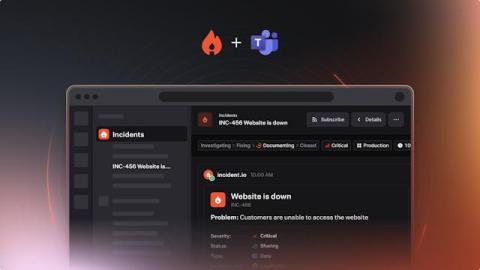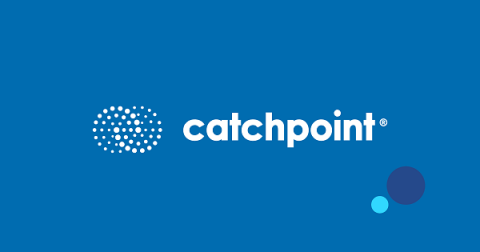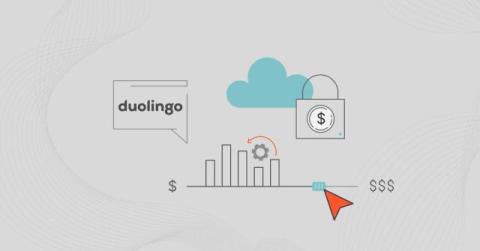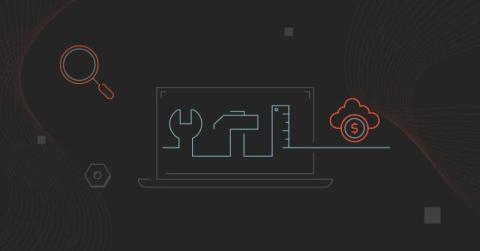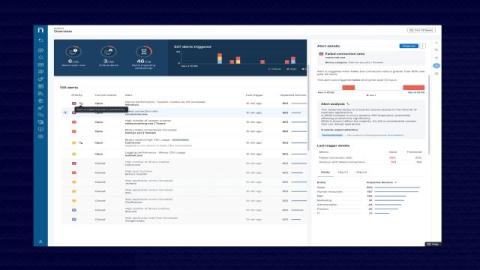Top 10 How-To Guides To Improve Your Network
Tech providers often provide valuable resources to help you optimize your network. Here are ten of our recent favorites. Cloud, network, data center, and managed service providers often go beyond just offering their services. Explore any of your providers’ websites, and you’ll often find an abundance of resources with actionable guidance that can help improve and maintain an efficient enterprise network.



